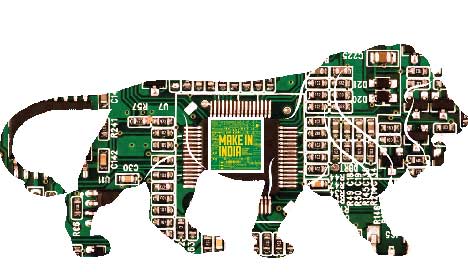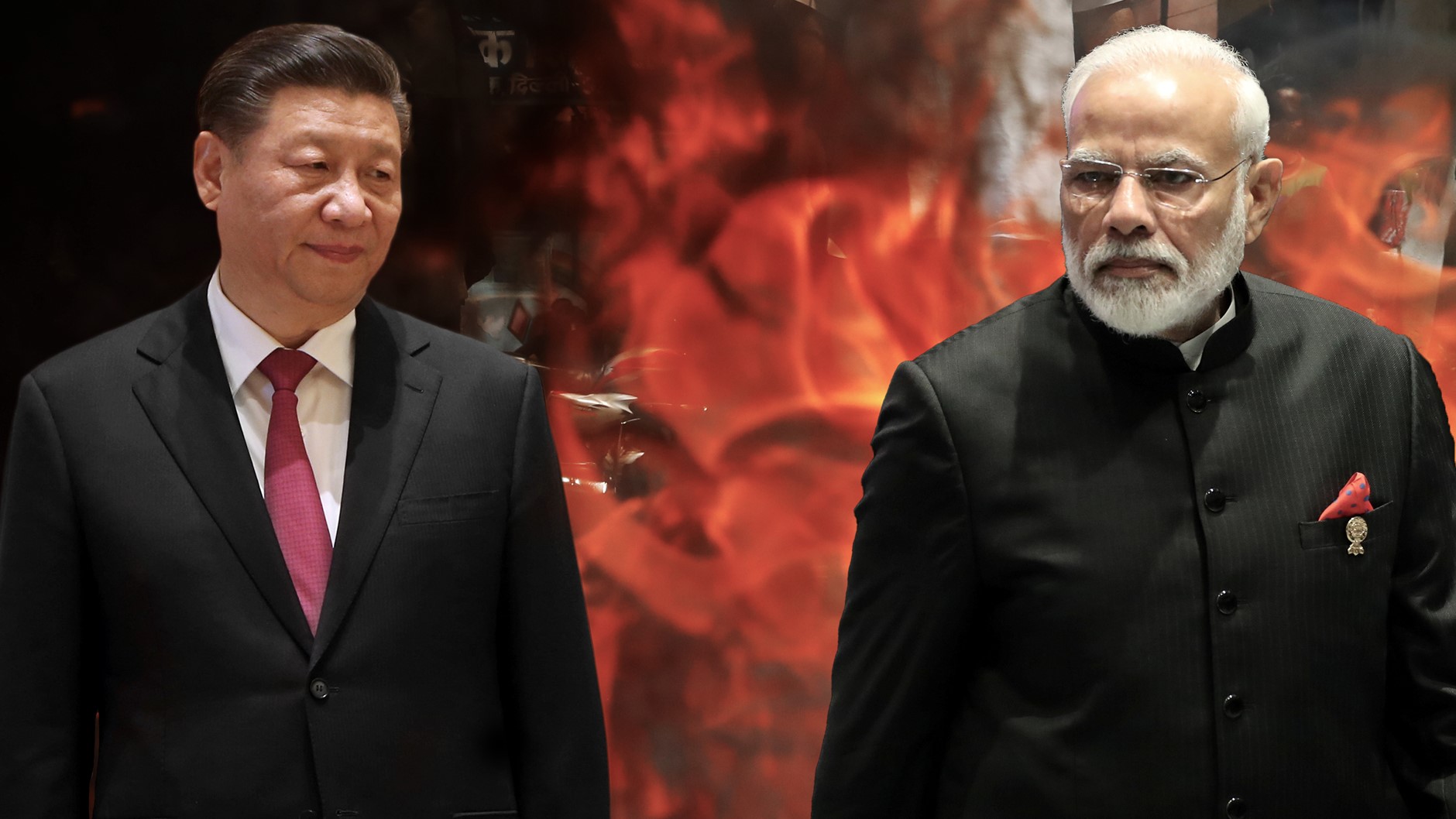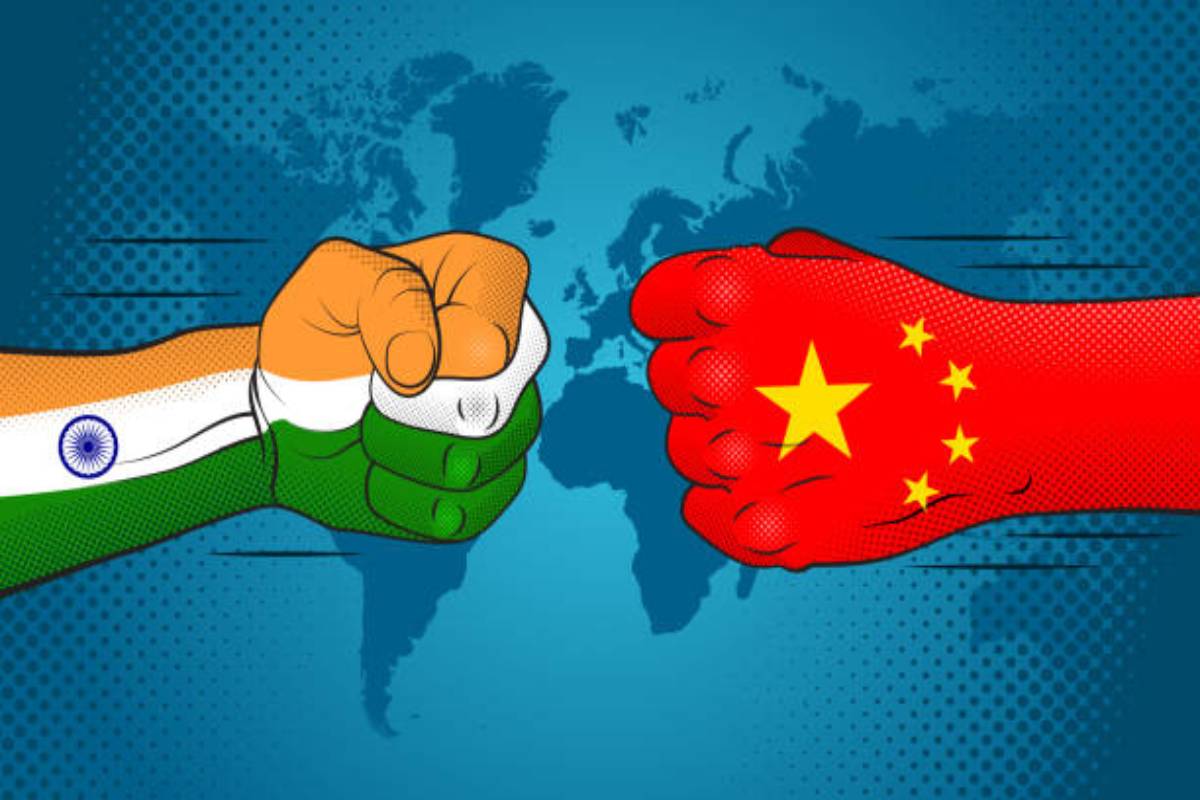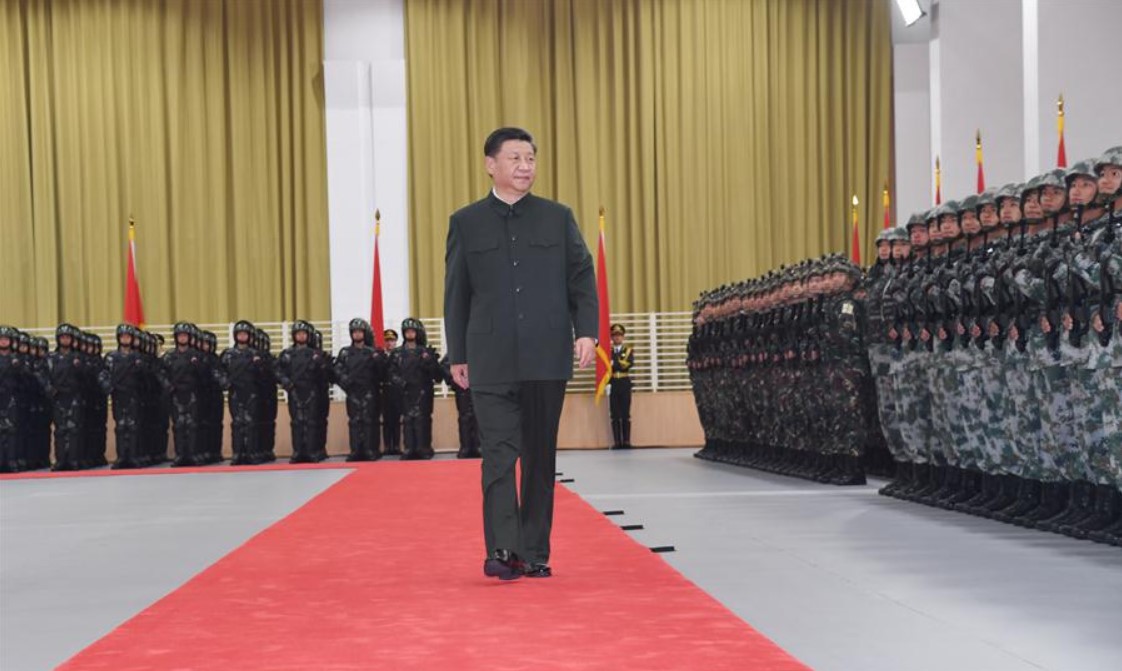
A Quad Of A New Kind: Tech Quad
 Fri, 29 Jul 2022
| Reading Time: 5 minutes
Fri, 29 Jul 2022
| Reading Time: 5 minutes

Machines, big and small, all rely on one component, semiconductors. Be it computers, telecommunications, household appliances, banking, security, healthcare, transportation, manufacturing, and last but not least, war-making machinery, all depend upon semiconductors. So, it won’t be unreasonable to say that the country that controls the semiconductors controls the future.
While, in 2021, the global semiconductor market grew at a whopping 26.3 percent, year on year (YOY), crossing $500 billion in revenue, India does not have an indigenous semiconductor R&D or fabrication entity worth mentioning. However, it is worth noting that there aren’t any major multinational semiconductor firms that don’t have their R&D unit in India. So, who is dragging India down, and why?
Opportunity Knocks Only Once
Do you know, just like Rare Earth Elements (REE), India had a beginner’s advantage in semiconductor manufacturing? In the mid-1960s, an American company Fairchild Semiconductor tried its best to establish a factory in India. The British Raj descendent and arrogant bureaucrats of India shelved the project. The project went the Malaysian and the Philippines’ way.
Nevertheless, there were still some people in the bureaucracy who had vision and foresight. But for that, India had to wait till 1984. In 1984, government of India established a 100% state-owned enterprise – the integrated device manufacturer, Semiconductor Complex Limited (SCL) at Mohali. SCL had deals with the likes of American Microsystems Inc, Rockwell, Hitachi, etc., and was just a generation behind market leaders NTT, Toshiba, and Intel. Compared to this, countries like Taiwan and China started their semiconductor journey only in 1987.
The Indian dream was short-lived. In 1989, in a major fire, the SCL facility was gutted. In all probability, the sabotage was the handiwork of the same people who were against India’s tech journey right from the beginning. Surprisingly, the government of India, too, allowed the facility to languish and become a non-entity. Today the state is so poor that India imports even the most basic chip used in traffic lights due to a lack of production capability.
The World
Countries across the globe are safeguarding the semiconductor industry with the zeal of a mother protecting her young ones. The UK government has been continuously delaying the sale of Newport Wafer Fab to Nexperia, a subsidiary of China’s partially state-backed Wingtech. Washington has also put restrictions on chip exports to China. Dutch company ASML is the leading producer of machines that are required to fabricate chips. The United States has asked the Netherlands to ban ASML from exporting equipment to China.
On the other hand, China is not sitting quietly. The Chinese technology giant, SMIC, confirms that it has manufactured and shipped the first 7-nanometer (nm) silicon chip manufactured on China’s soil. The 7-nm is the current industry standard. This crude Chinese chip lifted from a TSMC design might not be a big deal since Taiwan’s TSMC and NTU, along with MIT, have confirmed breakthroughs in the 1-nm chip. Also, Interuniversity Microelectronics Centre (imec), Belgium, has disclosed a roadmap for the sub-1-nm chip. But remember that China was nowhere in the league of designing and manufacturing semiconductors and commenced the serious journey only in 2014.
China understands the importance of semiconductors for the survival of its industry and is leaving no stone unturned to secure its chip supply. On 25 July 2022, its ambassador to South Korea met one of their lawmakers. This lawmaker has been advocating a chip alliance with the US, Japan, and Taiwan, Chip4 or Fab4. The visit of Beijing’s ambassador shows that China is stepping up its efforts to dissuade its neighbor from joining the US-initiated alliance. South Korea’s 60 percent of the chip production goes to China.
The Indian Initiative
In 2021, the Indian semiconductor market was estimated at $27 billion, growing at 16% YOY to $64 billion by 2026. Presently only 9% of Indian demands are met by local production; the rest are imported. This trend is commercially not viable since India wants to produce $300 billion worth of electronic goods by 2026, but out of that, $58 billion would go into importing the semiconductors.
The Indian government has taken some initiatives to address the issue. They have promised assistance of $30 billion to the industry, but that won’t be sufficient. In fact, the incentive route doesn’t always work. China started its semiconductor push ‘Made in China’ in 2014 with billions of dollars in investment. The end result was that 50,000 semiconductor companies mushroomed to milk the scheme and very few serious players came into the field. India needs private equity to shore up the future. India must also push to transform the American initiative ‘Chip 4 Alliance’ into a Technology Quad, along with the USA, Japan, South Korea, and Taiwan. While these countries are decades ahead of India in the race, India promises to provide a trained and cost-effective workforce.
Where Does India Fit-in
There are subdivisions of the semiconductor value chain. The first and the foremost is the chip design that garners 30 percent of the revenue. India plans to set up 20 semiconductor design companies with 85000 researchers.
The second area is silicon wafer manufacturing, which accounts for just three percent of the revenue. Japan has cornered 60 percent of this niche market, and India should leave it aside.
The third area is the chip fabrication tools. Dutch company ASML has a monopoly in this sphere, and India would not be able to compete in this domain for the time being.
The fourth area is the chip fabrication unit or fab. These facilities are 100 times cleaner than a hospital ICU. India has plans to enter the fab sphere by providing support for the setting up of two greenfield semiconductor and display fabs each.
The fifth and last area is assembly, testing, marking, and packaging (ATMP) operations, garnering 10 percent of the total revenue. Presently Taiwan and China are the market leaders in this domain. India has big plans for this segment. India plans to support the setting up of 15 semiconductor ATMP units. The low-cost Indian technical workforce gives India a good chance to capture this part of the semiconductor business the fastest.
The Way Forward
From the preceding, it is evident that India cannot enter every aspect of the semiconductor business at will. Some of the areas have become too advanced, and in those areas, India should aim to be a manufacturing hub for other companies rather than attempting to be a leader, at least for the time being.
As per the white paper by Pranay Kotasthane and Arjun Gargeya, India need to work on the following:
- Overhaul of trade policies
- Promote a tech transfer and IP protection regime
- Trustworthy single point of focus
India also needs to:
- Join World Semiconductor Council (WSC)
- Return to World Trade Organisation’s Information Technology Agreement (ITA)
- Last but not least, bring up infrastructure (yes, industry size of Taiwan needs 200,000 tons of water every day)
India needs to go on a diplomatic offensive and convince the United States, Japan, South Korea and Taiwan to come together for a larger cause of keeping China out as well as making the venture effective and viable. A ‘Technology Quad’ would be the justified step in that direction.
Prime Minister Narendra Modi stated at the Indian Mobile Congress — “From 5G technology to artificial intelligence, virtual reality, cloud, internet of things and robotics, the world looks towards India with optimism to provide technology enabled solutions that are affordable and sustainable.” This clearly states the present government’s intent and commitment.
Time has come to rise above the role of software developer to the bigger role of a semiconductor manufacturer. The world’s semiconductor manufacturing would cross $1 trillion revenue by 2030. If India targets 10 percent of that pie that would be $100 billion. The lethargic ways of the 1980s would not work in the 2020s.
Today companies are breaking Moore’s law every now and then (In 1965, Intel’s Gordon Moore predicted that transistors on a chip would double every year). Where does India fit into this equation, we will come to know only if we give it a try. However, it is amply clear that the bureaucrats have to rise above red-tapism and understand that the opportunity is knocking at India’s door and this knock could be a lifetime opportunity.
“Falling down is no sign of failure. Not rising up after a fall is indeed a sign of failure” ~ Insightful Geopolitics
*****************
Reference for image – https://www.bing.com/images/search
Disclaimer
The opinions expressed in this article are the author’s own and do not reflect the views of Chanakya Forum. All information provided in this article including timeliness, completeness, accuracy, suitability or validity of information referenced therein, is the sole responsibility of the author. www.chanakyaforum.com does not assume any responsibility for the same.
Chanakya Forum is now on . Click here to join our channel (@ChanakyaForum) and stay updated with the latest headlines and articles.
Important
We work round the clock to bring you the finest articles and updates from around the world. There is a team that works tirelessly to ensure that you have a seamless reading experience. But all this costs money. Please support us so that we keep doing what we do best. Happy Reading
Support Us





















POST COMMENTS (18)
Abinash
GP Singh
JITINDRA BHATIA
Ashish Popli
Sudhanshu Chaturvedi
Raman Gupta
Uma Sudhindra
Capt Rammohan Oka
Rakesh P
Cmde Manoj Agarwal, Retd
Shekhar
Rajesh Kawatra
Dr Baburaj
Narinder
Romina
Wendell Bruges
Naren
Mirtunjay Thakur